More about The Death of Socrates
- All
- Info
- Shop

Contributor
A ripped Socrates smugly drinks hemlock in The Death of Socrates.
Jacques-Louis David steers clear of the Rococo style favored by his mentor, Francois Boucher, in The Death of Socrates. This Neoclassical tableau is unfortunately lacking in blushing cherubs, rosy-cheeked maidens, and sickening bouquets. Although we miss the delectably kitschy features of Rococo, The Death of Socrates more than makes up for the loss. David managed to fit into one deliciously dramatic work a few of our favorite motifs: self-inflicted execution, sketchy goblets of poison, and remarkably obnoxious philosophers.
A theatrical Socrates accepts his sentenced execution, looking rather well built for a seventy-one-year-old philosopher on his deathbed. How Socrates found any time to hit the gym is beyond us, given his time-consuming hobby of annoying as much of Athens as humanly possible. David’s tragic tableau tells one half of an odd tale: although here the intellectual appears quite refined, Socrates made sure to raise hell during his trial. While defending himself, he cheerfully proposed that his punishment be free room and board alongside Athens’ star athletes. For reasons beyond us, the jury didn’t seem to think five star meals were a suitable punishment for a man charged with blasphemy and corrupting young Athenians. Points for trying, Socrates. Honestly, though, Socrates didn't deserve the cup of hemlock he got— even if he did tutor the most despicable of the Thirty Tyrants.
Parisian painter David may have identified personally with Socrates’ unpopularity, if his moniker “Robespierre of the brush” is anything to go off. Like all the best artistic bad boys, David hung out with a dangerous crowd. His friend and the commissioner of this masterpiece, Trudaine de Montigny, would later be sent to the gallows along with his brother in 1794. David himself escaped execution for his disloyalty to the crown. Unlike his less fortunate associates, he became quite the French trendsetter for the fashionistas in paintings like this one. All the hippest Parisians were after the flowing robes from The Intervention of the Sabine Women, and who could blame them? Fashion choices aside, the real winner among David’s subjects is our very own Socrates. Who else could piss off an entire polis so effectively?
Sources
- Akbar, Arifa. “Arrogance of Socrates Made a Compelling Case for his Death.” The Independent. June 7, 2009. Accessed May 21, 2017. http://www.independent.co.uk/arts-entertainment/books/features/arroganc…
- “The Death of Socrates.” The Met. 2017. Accessed May 21, 2017. http://www.metmuseum.org/art/collection/search/436105.
- Kraut, Richard. "Socrates." Encyclopedia Britannica. February 16, 2017. Accessed May 21, 2017. https://www.britannica.com/biography/Socrates.
- Mark, Joshua J. “Socrates.” Ancient History Encyclopedia. September 2, 2009. Accessed May 21, 2017. http://www.ancient.eu/socrates/.
- McMullen, Roy Donald. “Jacques-Louis David.” Encyclopedia Britannica. 2017. Accessed May 21, 2017. https://www.britannica.com/biography/Jacques-Louis-David-French-painter.
- “Simon Schama's Power of Art: David.” BBC. September 2, 2014. Accessed May 21, 2017. http://www.bbc.co.uk/arts/powerofart/david.shtml.
Featured Content
Here is what Wikipedia says about The Death of Socrates
The Death of Socrates (French: La Mort de Socrate) is an oil on canvas painted by French painter Jacques-Louis David in 1787. The painting was part of the neoclassical style, popular in the 1780s, that depicted subjects from the Classical age, in this case the story of the execution of Socrates as told by Plato in his Phaedo. In this story, Socrates has been convicted of corrupting the youth of Athens and introducing strange gods, and has been sentenced to die by drinking poison hemlock. Socrates uses his death as a final lesson for his pupils rather than fleeing when the opportunity arises, and faces it calmly. The Phaedo depicts the death of Socrates and is also Plato's fourth and last dialogue to detail the philosopher's final days, which is also detailed in Euthyphro, Apology, and Crito.
Check out the full Wikipedia article about The Death of Socrates

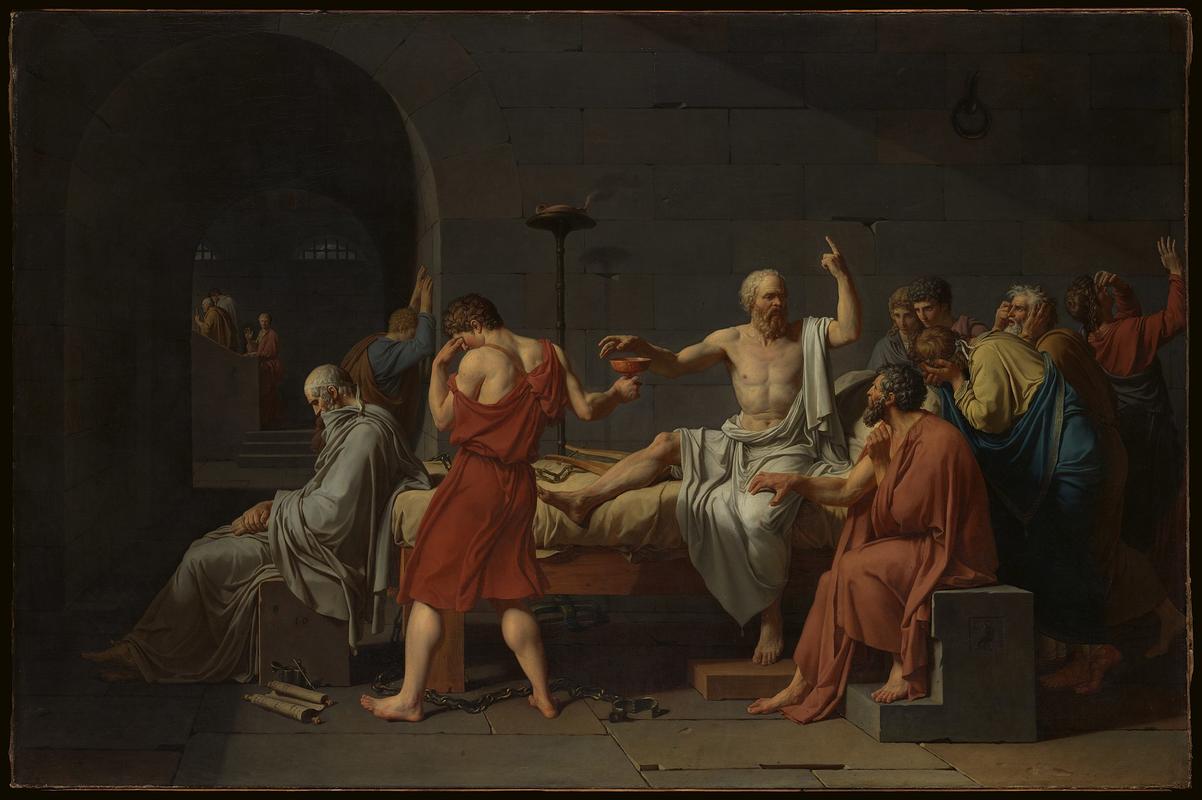
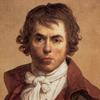

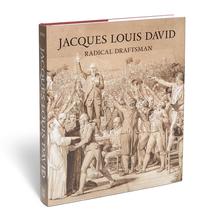
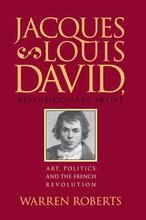
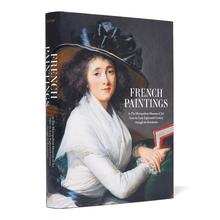










There is a number of historical inaccuracies with this painting (e.g. Plato, depicted as an old man, was actually young at the time of Socrates' death), but I think the artist's intention behind this painting was less about telling a factually accurate story and more about capturing the meaning behind the death of Socrates. There are two symbolic elements to this work that I appreciate. First, Socrates is depicted as being in fairly good physical shape. I will speculate a bit by saying that physical fitness may have been used to point to Socrates' youth of mind and spirit. When faced with death, Socrates listened to his conscience and did not run because he was being presented with the opportunity to avoid the slow descent into old age and all the ailments that come with it and to put his house in order. He was also being presented the ability to embrace the value of truth over the fear of death (something that is very much reflected in the way he went about his trial). This required courage and strength of spirit, which I think is also hinted at with Socrates' open stance in the painting. Secondly, I think the artist made good decision in including the unlocked shackles, which I suspect are representative of Socrates embracing freedom from the "sickness of mortality." These are the two elements of this work that stand out most to me, but there is clearly much more about this painting that needs analysis and discussion.